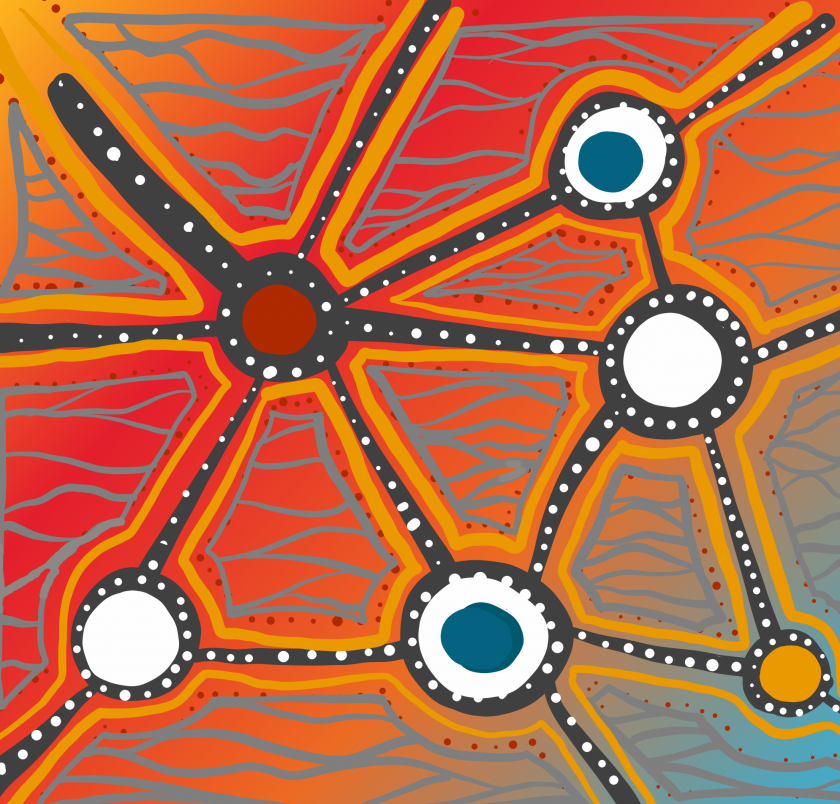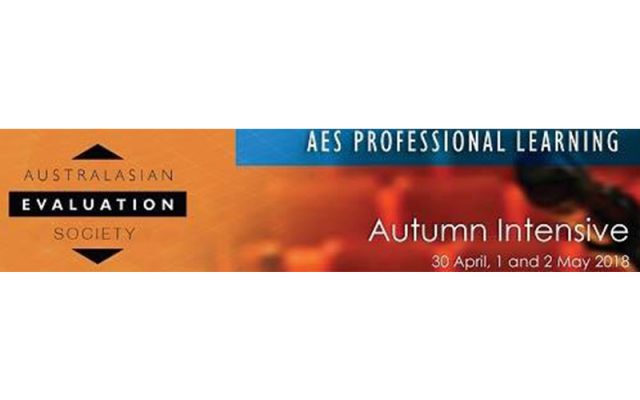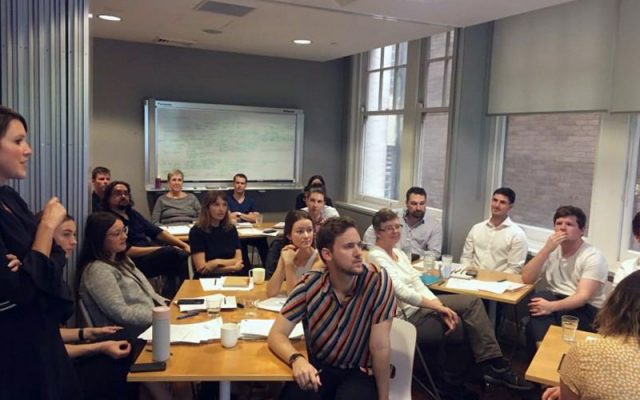
Reflecting on Aboriginal Led Evaluation
Image Credit: Emma Walke
This NAIDOC Week we are collectively reflecting on and learning about the survival, history, living culture and achievements of Aboriginal and Torres Strait Islander peoples. This week our teams have been invited to reflect on our connections to the Aboriginal lands on which we work, and on the excellence in evaluation practice being showcased by Aboriginal and Torres Strait Islander people. This blog is by Gunggari man and Manager, Don Bemrose reflecting on nine months working for ARTD Consultants.
To commence I would like to pay respect to my Gunggari Elders, past and present and extend that respect to all traditional peoples across the unceded lands and their waterways from where you are reading. I ask each of you reading to acknowledge Australia ALWAYS WAS, ALWAYS WILL BE, Aboriginal and Torres Strait Islander lands.
I am NOT the first Aboriginal evaluator and I won’t be the last. I have come to learn very quickly that evaluation is one of the best kept secret careers but that, like so many others, it is also a profession that is struggling to break western constructs of colonialism and patriarchy.
Commissioner Romlie Mokak, a Djugun Yawuru man, said, “Policies and programs affecting Aboriginal and Torres Strait Islander people are not working as well as they need to. Evaluation can play an important role filling this gap, but regrettably it is often an afterthought and of poor quality,” [1]
Australia’s first people are over-represented in research and there is much focus on exorbitantly expensive programs that are meant to “close the gap”. Having grown up listening to Elders speak about money wasted on programs that come and go, with little to no community engagement, I remain confused as to why such programs continue to be implemented. Is the answer that Aboriginal and Torres Strait Islander communities are invisible to evaluations and evaluators?
In late September, the Australian Evaluation Society convened a digital festival of evaluation. In her opening provocation, Nicole Tujague shared that only 10% of Aboriginal programs are evaluated and that even fewer are led by or involve Aboriginal evaluators or the communities affected by these programs. I couldn’t believe it! It made me wonder: is the problem that those procuring evaluation services are still blinded by terra nullius?
During FESTEval I had the honour to lead two reflective sessions for AES members to respond to Nicole’s opening provocation. I invited AES members to consider; What would Aboriginal community evaluations would look like if they were Aboriginal led? I got very excited when AES members in one of the sessions responded with; “What would it look like if all evaluations were led by Aboriginal and Torres Strait evaluators?”
Only 10% of Aboriginal programs are evaluated!
(FestEVAL Quote by Nicole Tujague, September 2020)
It seems common sense to me, that to continue to move forward in evaluative thinking and practice, the Australian evaluation sector must reflect on and learn from our continent’s historical roots pre- and post- colonisation. It’s no longer acceptable for evaluators to ‘do research to’ any group of people. It’s every evaluator’s role to ensure Aboriginal and Torres Strait Islander voices and ways of seeing are embedded into evaluations from requests to final reports.
Aboriginal and Torres Strait Islander evaluators are already leading the way in this work and are drawing together the wisdom of Elders past and present, with the knowledge of evaluation’s elders.
As an Aboriginal evaluator, my culture means I take the time to learn from those who know the land, to learn alongside them as they remember what is already known by the community, and make sure my approach provides community specific answers on how communities can build capacity in all areas. The long history of rich Indigenous culture in these lands is filled with the potential to inform much richer evaluations that point the way to much more effective programs.
At ARTD, we are continuing to have rich and vibrant discussions about the strengths that can be brought to evaluation by incorporating an Aboriginal lens to all evaluations, not just those for Aboriginal and Torres Strait Islander communities. As lockdown comes to an end in Naarm (Melbourne), on the lands of the Kulin nations, I look forward to engaging with the Koori community and organisations to deliver Aboriginal led evaluations to all Victorians.

Don Bemrose not only works to ensure Aboriginal voices inform evaluation, but as a professional opera singer, has been heard on stages across Australia. Photo credit: Oliver Toth Accent Photography.
Reference
Lorena Allam, 30 October 2020. Australian government knows ‘very little’ about whether money spent on Aboriginal programs works. https://www.theguardian.com/australia-news/2020/oct/30/australian-government-knows-very-little-about-whether-money-spent-on-aboriginal-programs-works




